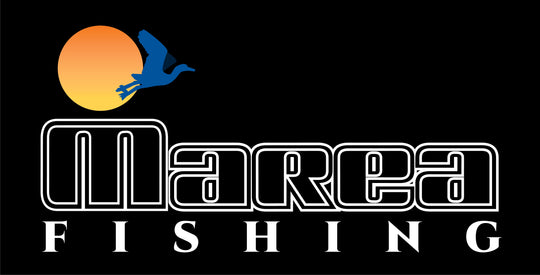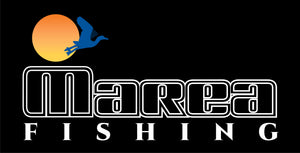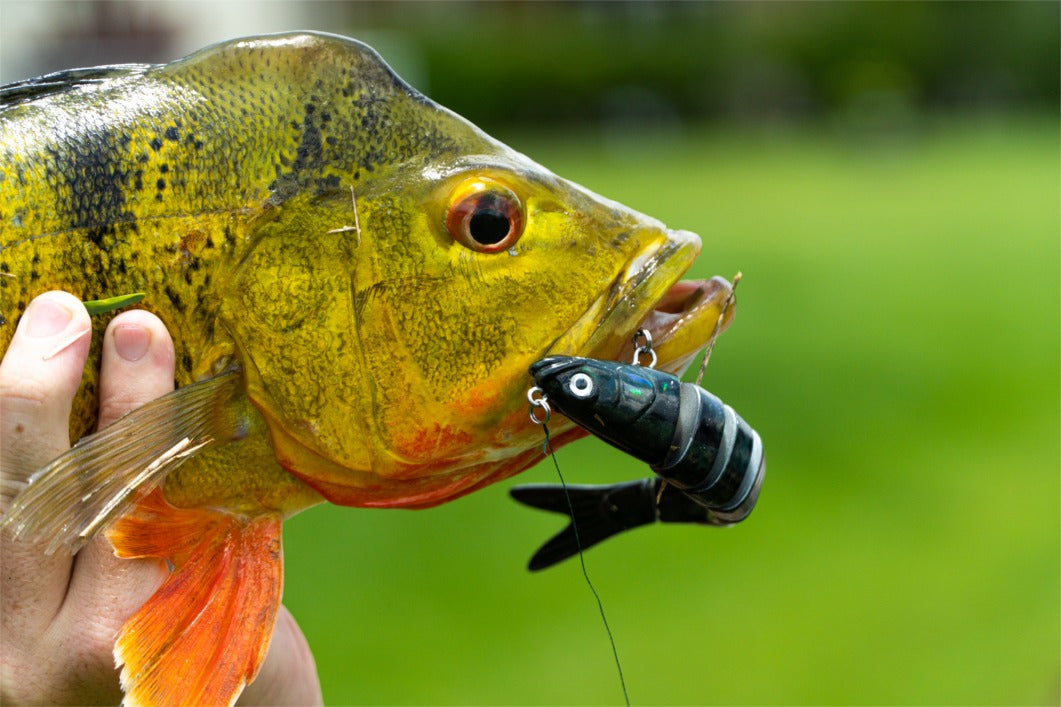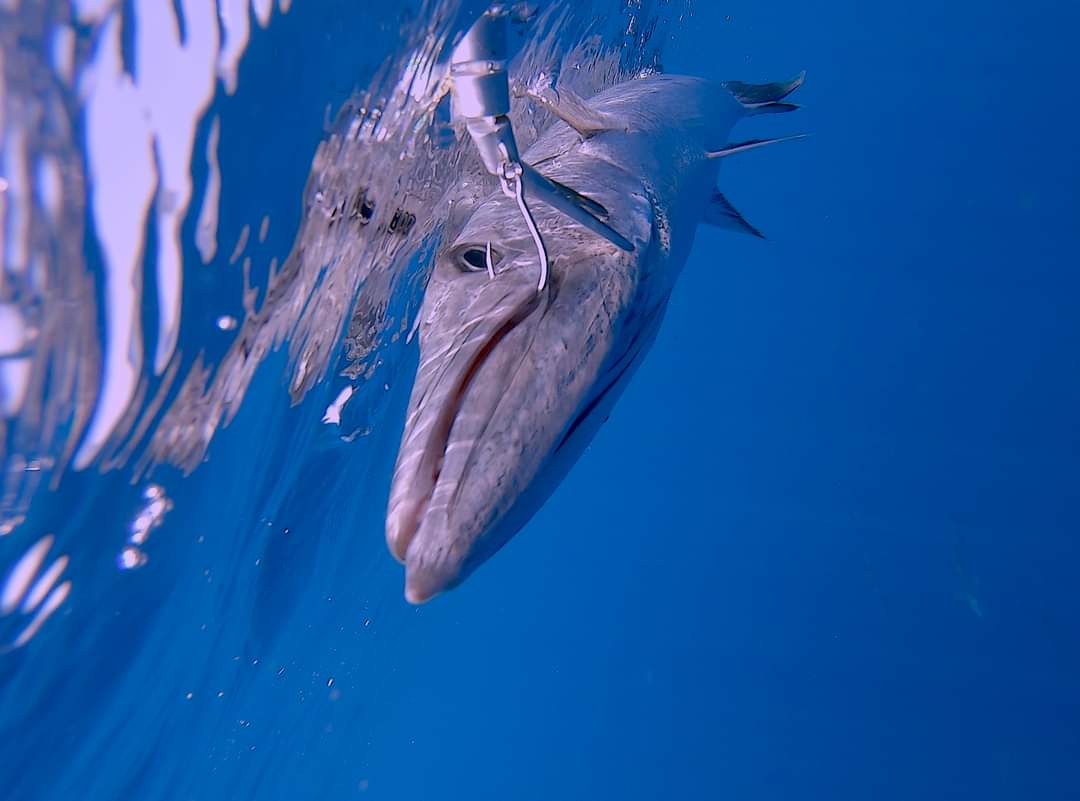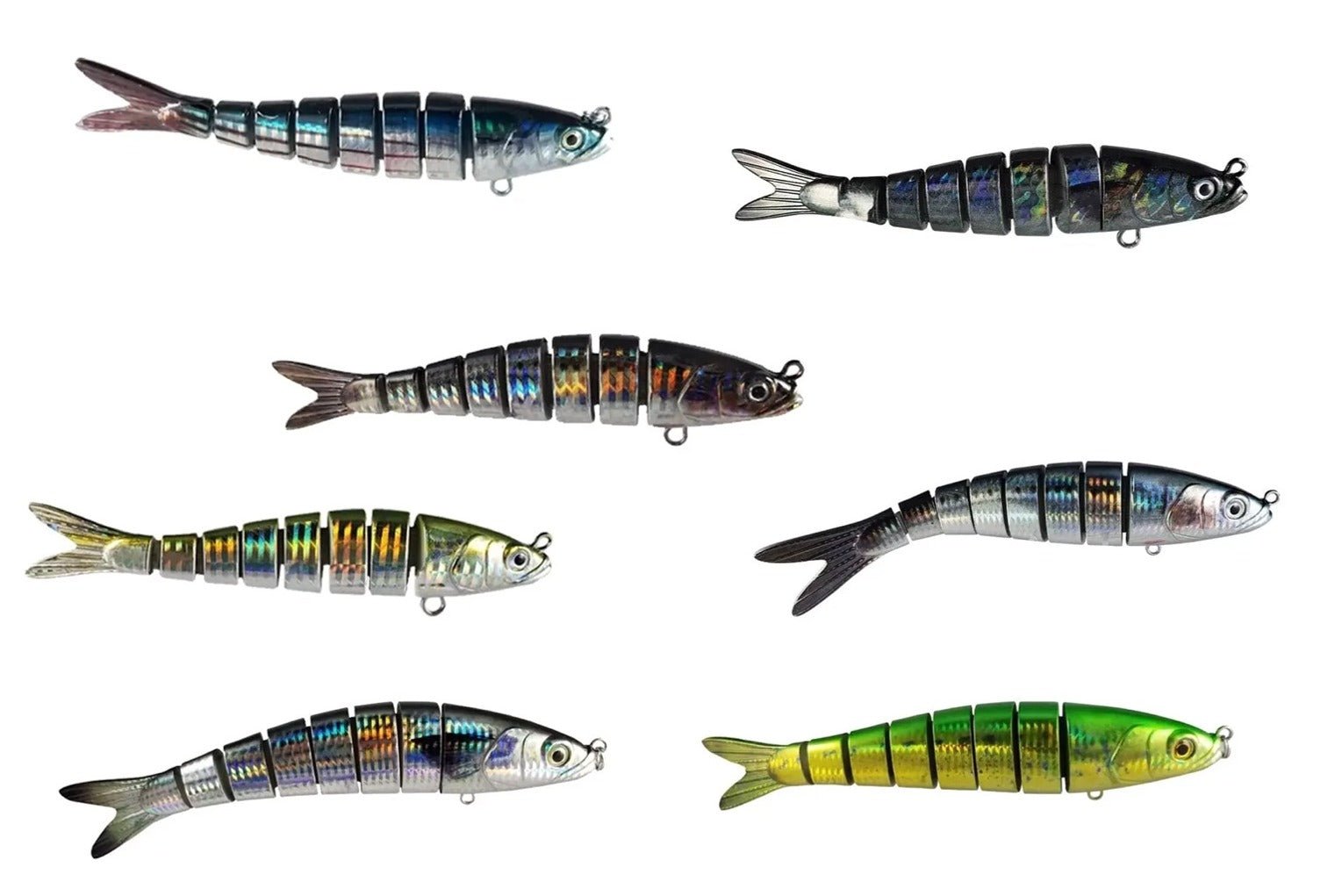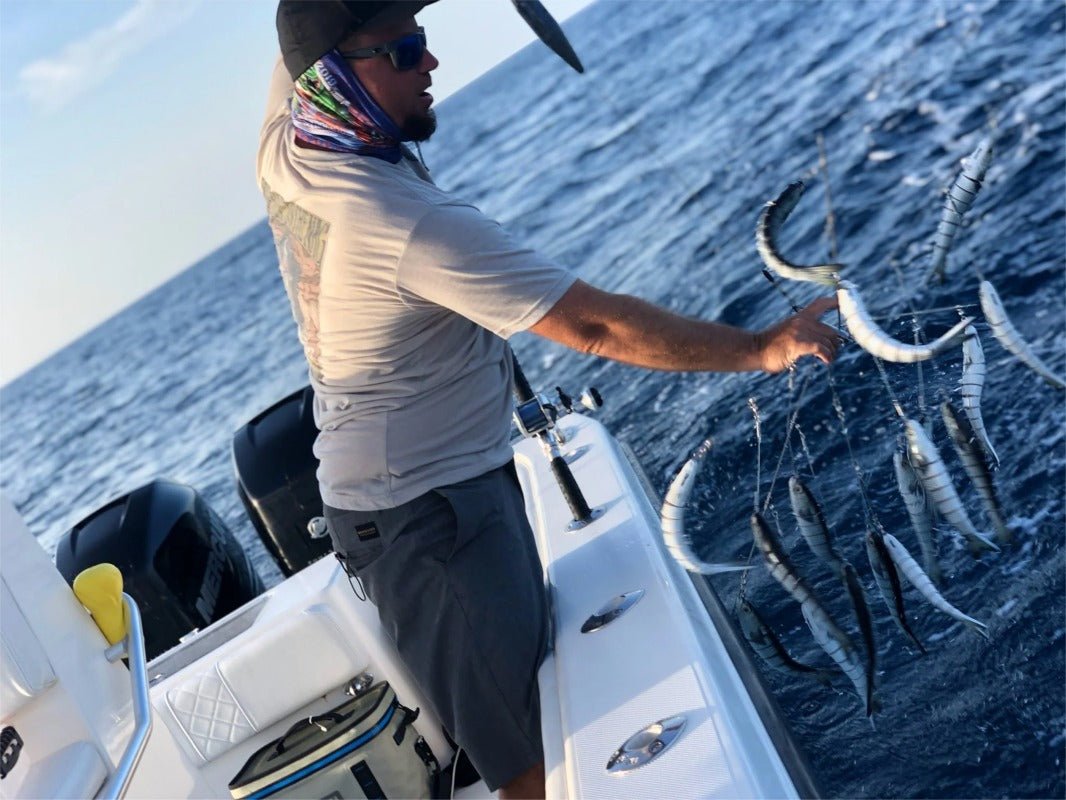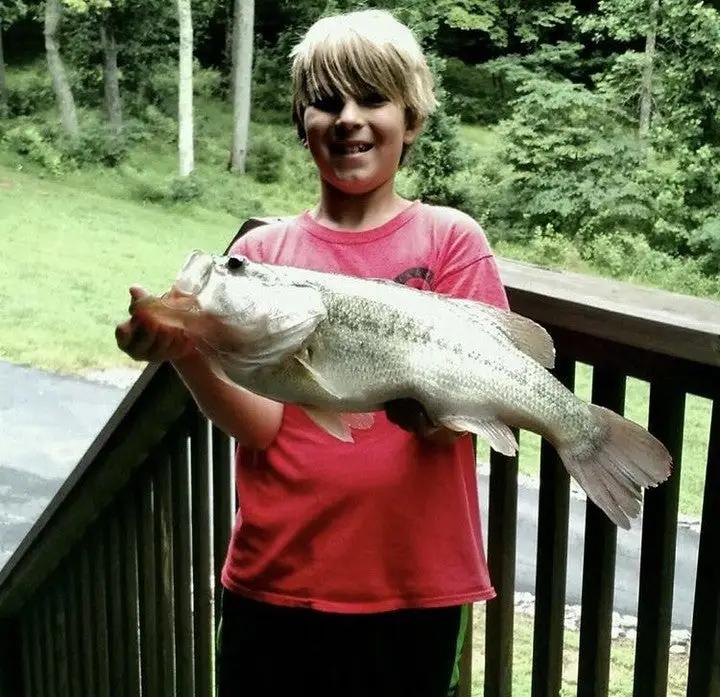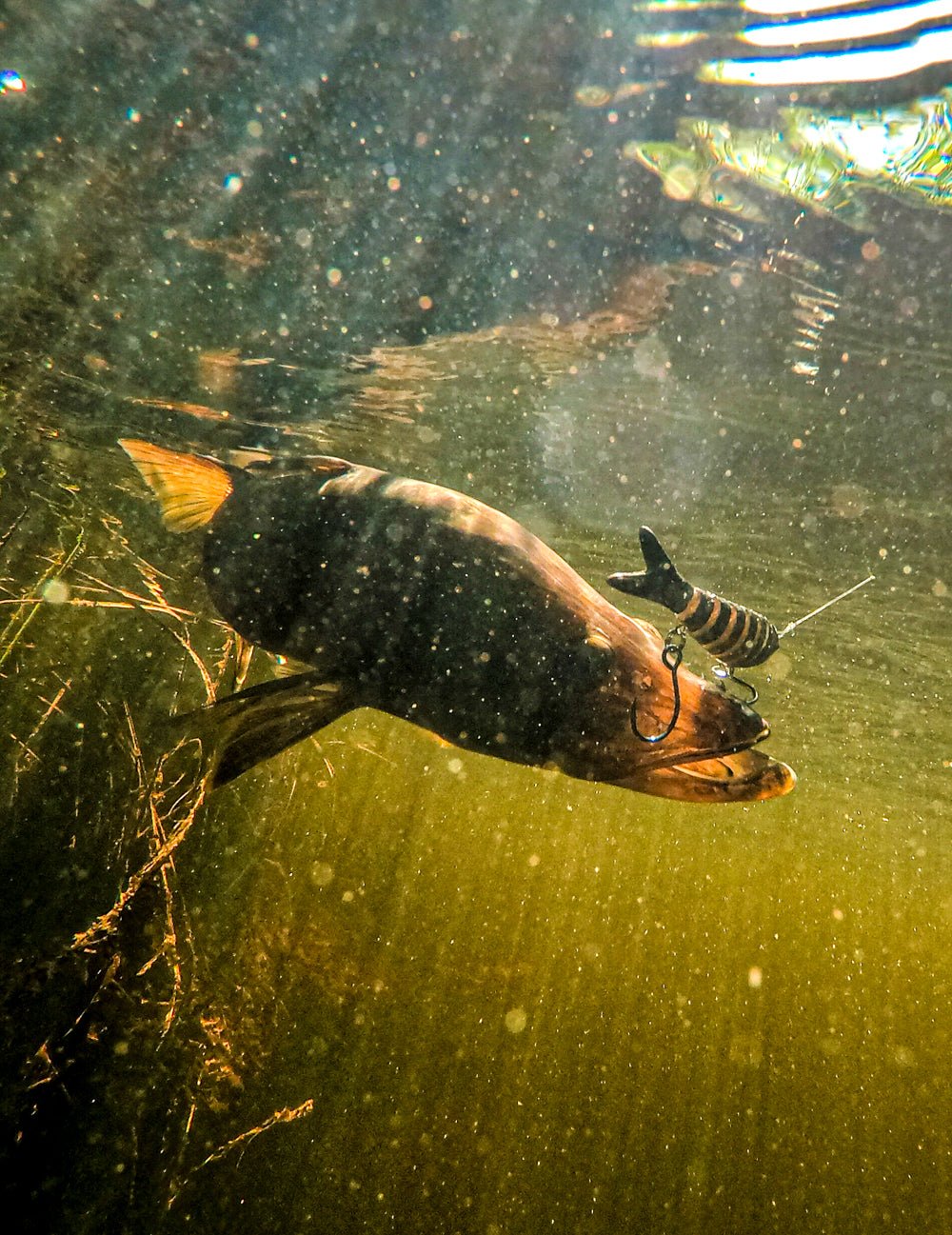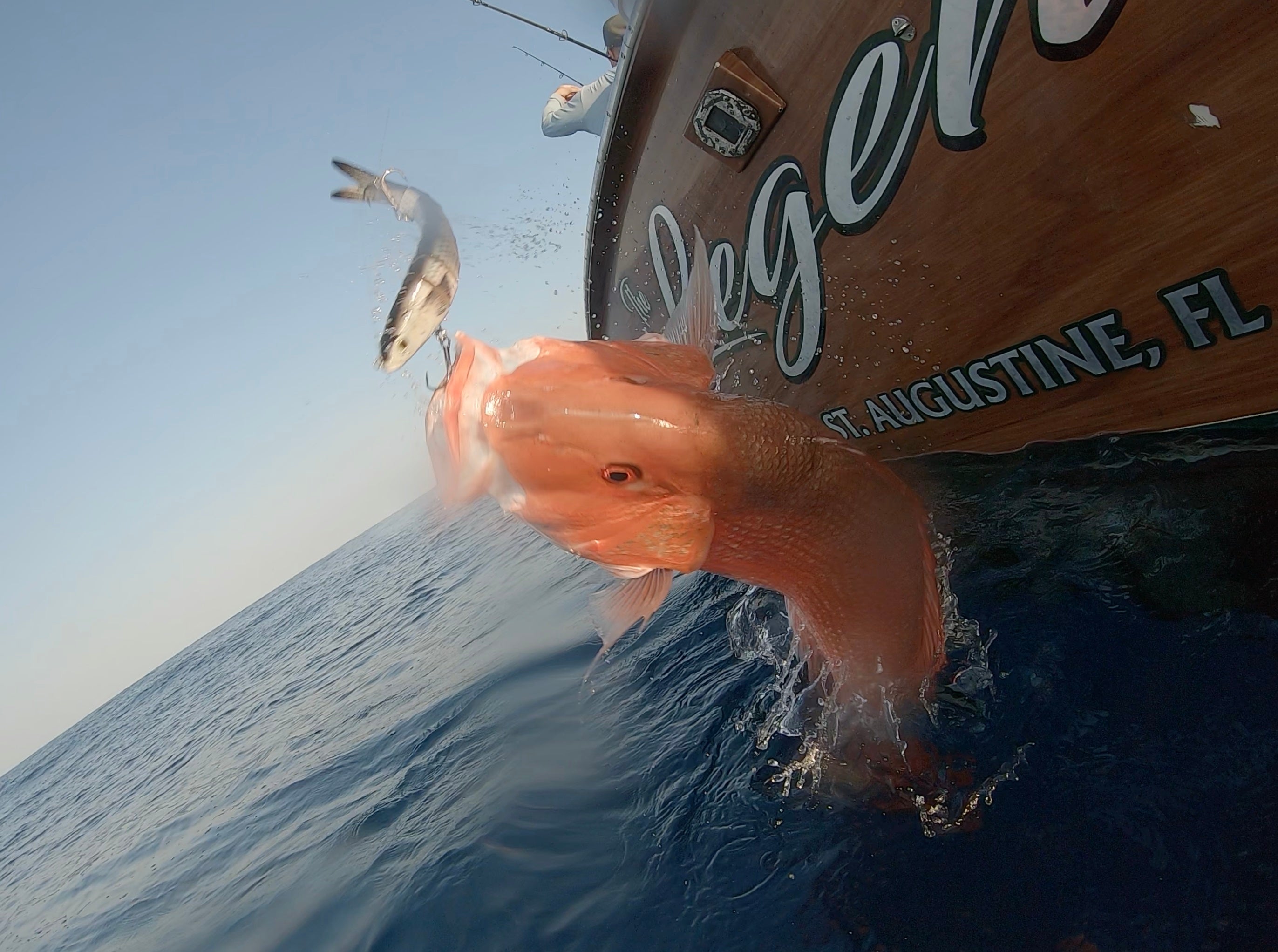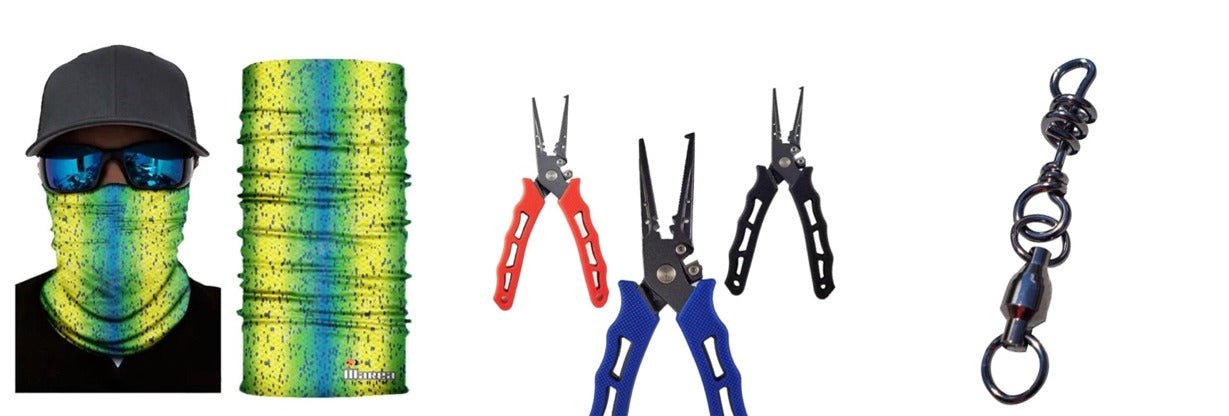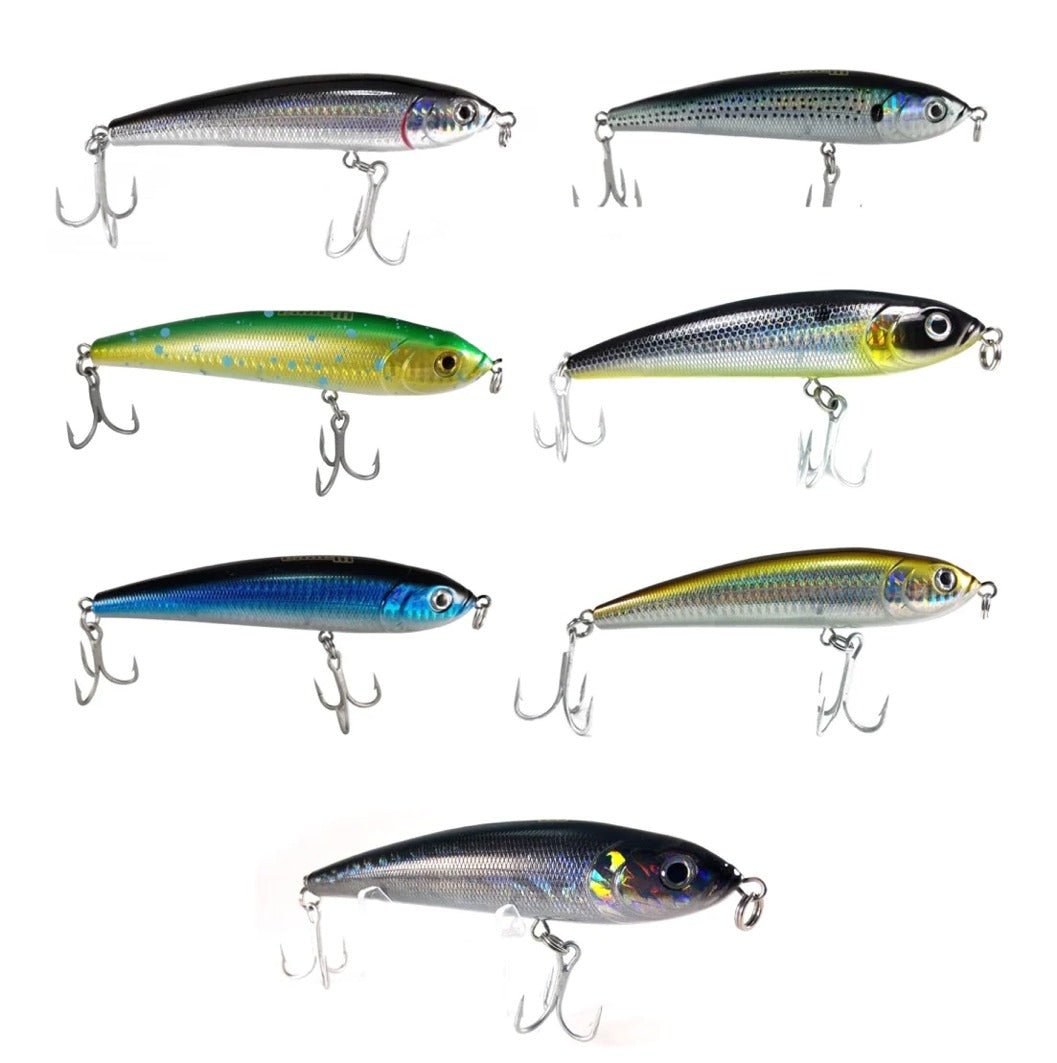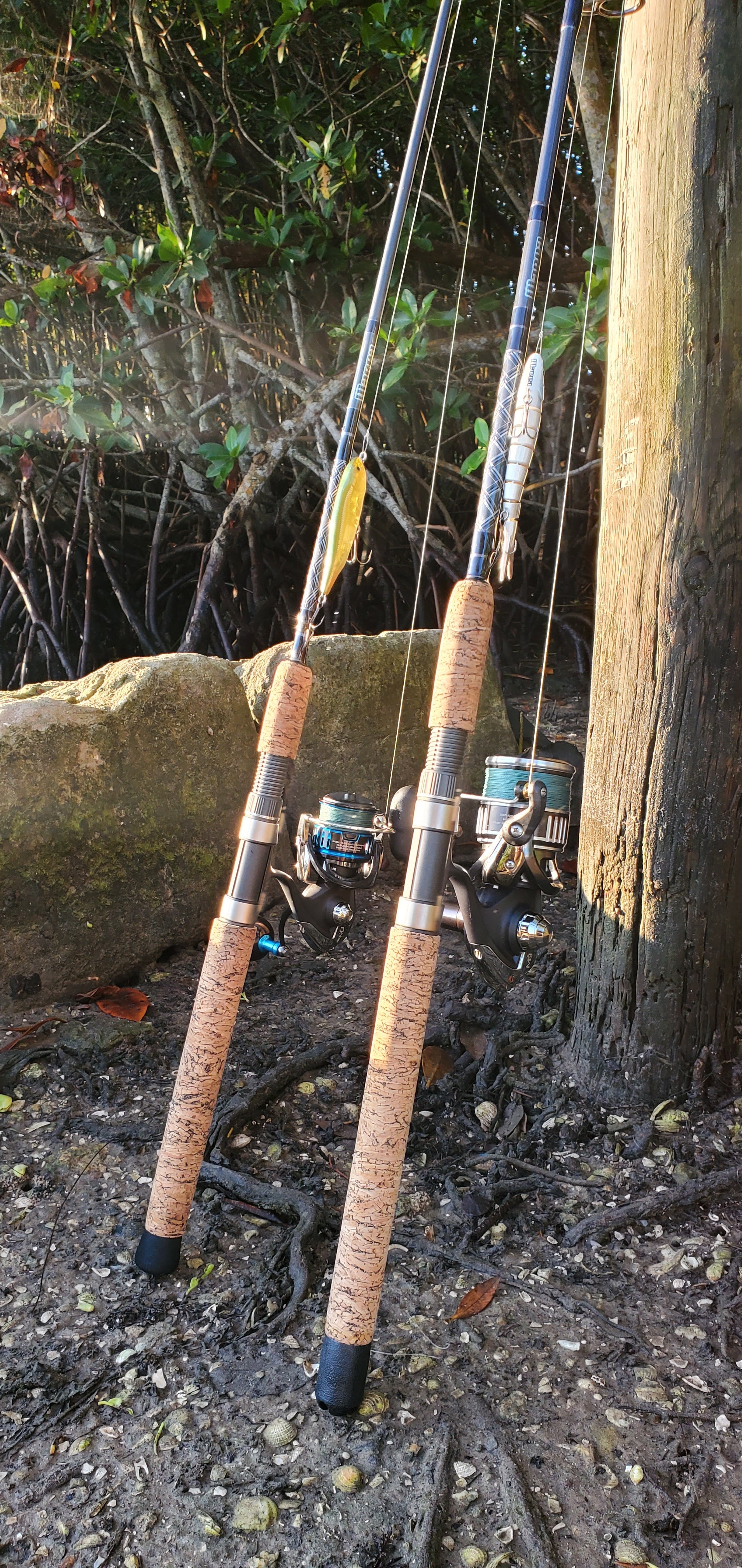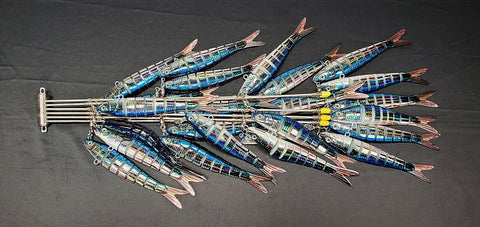How to Rig Fishing Dredges
If you're just venturing into the world of offshore dredge fishing, it's safe to say that you've made to commitment to find out what the top-level pelagic skippers and crews rely on daily to keep them tight. Yes, it takes a little more work and effort to deploy and manage a dangerously effective dredge spread, however the pros certainly outweigh the cons.
Most anglers here in Florida and the islands are just looking for that next greatest thing that the "other guy" hanging down current is lacking. Dredges fill the void and at many times the fish box when nothing else is working. Running a properly tracked, single level dredge behind boat will automatically increase your bite ratio dramatically. Essentially, the dredge is replicating a bait ball congregating tightly to the boat and more importantly your trolling spread.
Any seasoned saltwater angler with experience dredge fishing will share that 90% of the work is in the rigging and making sure that the dredge has a nice balance to it. This ensures that the dredge will track correctly and appear more natural in the water when pulled at 8 knots.
The White Marlin open is typically held in Ocean City, Maryland every summer and is the richest ongoing billfish tournament in the world, rivaling the Bisbee's Black & Blue based out of Cabo San Lucas Mexico. An impressive 4.53 Million payout was awarded to the single fish landed breaking records for tournaments worldwide. Some of the world's best gather to compete for the prestigious title and you can rest assured that every boat leaving the dock has several custom rigged dredges on board. The reason being that all participating crews know the power of replicating a bait ball behind the boat and how any large billfish nearby can't resist checking out what's happening when dredges are running behind the boat.
Fishing dredges are a crucial tool in offshore fishing, especially in sport fishing for species like marlin, tuna, and other big game fish. They are used to simulate a school of baitfish, creating an illusion that attracts predatory fish to the boat's vicinity. Rigging a dredge properly is essential to ensure it performs effectively and withstands the pressures of towing through water.
Equipment Checklist
Before you begin rigging a dredge, ensure you have all the necessary equipment:
- Dredge Arms: The frame or arms of the dredge, typically made from metal or heavy-duty plastic.
- Dredge Baits: These can be artificial or natural and are attached to the arms of the dredge.
- Monofilament Line or Cable: To attach baits to the dredge.
- Swivels and Snaps: For connecting the various components securely.
-
Dredge Weight: To help the dredge sink and maintain the desired depth.

Heavy-Duty Fishing Rod and Reel: Capable of handling the weight and drag of a fully rigged dredge such as Lindgren & Pitman 1200, KOBO’s Power Reel, or even Daiwa’s recently upgraded Tanacom 1000 are more than capable to pull anything your dredge can dish out. With that said you can always go the old school manual route and run a few hundred feet of heavy monofilament or some 3/16 red or black poly rope will also get the job done.
Step-by-Step Guide to Rigging a Dredge:
Step 1: Assembling the Dredge Frame
- Start by assembling the frame of your dredge according to the manufacturer's instructions. This typically involves attaching several arms to a central hub. Each arm will hold multiple lines from which the baits are suspended.
Step 2: Attaching the Main Line
- Attach a heavy-duty main line to the central hub of the dredge. This line should be strong enough to handle the significant drag that a fully baited dredge creates. It's often helpful to use a braided line for its strength and durability. One question we often are asked by many of our customers is what mainline material should be used? We simply answer minimum 400lb hard monofilament. We like Momoi hard mono as they have been leaders in the market for many years and have a proven reputation when it comes to big game fishing.
Step 3: Rigging the Baits
- Natural Baits: If using natural baits like ballyhoo or mullet, rig each bait with a hook and monofilament leader. Secure the leader to the dredge arms with crimps to ensure the baits are firmly attached.
- Artificial Baits: For artificial baits, you can typically attach them directly to the dredge arms using snaps or swivels. Make sure they are evenly spaced to create a natural-looking school effect.
Step 4: Adding Weight
- Determine the amount of weight needed based on the fishing conditions and the depth at which you want the dredge to operate. Attach the weight in front of the dredge using heavy-duty corkscrew ball bearing swivels. This is not the place to rely on a typical snap swivel to keep your dredge tackle running smoothly at 6-8 knots with nearly 60lb of drag.
Step 5: Attaching the Dredge to the Fishing Line
- Use a strong, heavy-duty ball bearing corkscrew swivel to attach the dredge line to your fishing line. This connection must be very secure, as it will bear the full force of the dredge's movement through the water.
When it comes to the complete setup, we're running the 400lb mono crimped to a 500lb ball bearing screw lock swivel with a welded solid ring. The reason we always recommend monofilament above anything is that mono has some stretch or give and that's exactly what is required when you’re trolling with a 6-10lb lead weight rigged in front of a dredge configuration that can vary from 2-15lbs. Add everything up and that's a lot of weight & drag running through the water. A little give is exactly what you want to achieve the proper tracking for the dredge. The screw-lock portion is then twisted onto the top eye of the vinyl or rubber coated fish lead. Yes we said rubber or vinyl coated fish lead rather than the standard lead finish as this will help protect the deck of the boat from being damaged when the dredges are brought aboard.

The eyelet located on the back fin of the fish lead is where you will want to connect the rigging portion to your dredge. This will consist of a 3-4ft section of stranded stainless-steel cable crimped to a 500lb screw-lock ball bearing dredge swivel with solid ring eye on each. Heat shrinking the crimped ends will also help keep the rigging clean and streamline to extended use.
The weight of the fish lead will vary as you want to have a few weight sizes on board so that you can quickly adapt to changes in conditions while trolling. We’re tested heavy 48 & 64oz inline wahoo trolling leads to see if we could get away with using them on a single tier dredge weighing it around 2lbs and on a calm day with minimal current they will track just fine.
Tips for Effective Dredge Fishing
Test Your Rig:
- Before deploying your dredge, test it in clear water if possible, to ensure it swims correctly and the baits behave as intended.
Monitor and Adjust:
- Keep an eye on your dredge during use. It may require adjustments, especially if you notice it's not running straight or the baits aren't displaying properly.
Use Varying Baits:
- Mix up the types and sizes of baits on your dredge to mimic a natural school of fish more effectively however keep in mind to balance baits accordingly through the dredge. Predators are often attracted to variety and movement.
Safety First:
- Dredges can be heavy and cumbersome. Always handle with care, and most savvy crew tend to use gloves particularly when deploying and retrieving.
Rigging a dredge properly is essential for successful offshore fishing. It requires attention to detail in the assembly and setup to ensure that the simulation of a bait school is as realistic as possible. By following these steps and continually refining your technique, you can significantly increase your chances of attracting game fish. Remember, the key to effective dredge fishing lies not only in the rig but also in how well it integrates with your overall fishing strategy. Whether you're new to using dredges or looking to refine your skills, the effort you put into rigging your dredge can make all the difference in your fishing success.

This setup will get you going with a single tier (stack) however to deploy multiple stacks the process is simply repeated in between each dredge hub. The dredge hub is the center point used to connect successive dredges. Each hub has a top eyelet and bottom eyelet to be used as a connection point. There are several types of dredge hubs and arms available on the market. Our suggestion is to find the heaviest gauge you can find as almost all dredge arms manufactured are prone to breakage under extreme loads.
Lastly, It's important to remember that maintaining the dredge and keeping it clean will allow for many uses and multiple catches. A simply light freshwater rinse at the dock to the fish weight, hub, arms, baits, and rigging assembly will go a long ways when it comes to overall performance. If you want to take it to the next level as I often do, then wiping off any excess moisture or humidity before stowing it away will keep your dredges tracking like new!
